The Commercial Wine Dispenser Market is currently characterized by a dynamic competitive landscape, driven by innovation, consumer preferences for premium experiences, and the increasing demand for wine preservation solutions. Key players such as WineEmotion (IT), Enomatic (IT), and PourMyBeer (US) are strategically positioned to leverage these trends. WineEmotion (IT) focuses on enhancing user experience through advanced technology, while Enomatic (IT) emphasizes sustainability and energy efficiency in its product offerings. PourMyBeer (US) is expanding its market reach by integrating digital solutions that streamline the wine dispensing process, thereby enhancing operational efficiency. Collectively, these strategies contribute to a competitive environment that is increasingly centered around technological advancement and customer-centric solutions.
In terms of business tactics, companies are localizing manufacturing to reduce costs and optimize supply chains, which appears to be a prevalent strategy in the market. The competitive structure of the Commercial Wine Dispenser Market is moderately fragmented, with several players vying for market share. This fragmentation allows for diverse offerings and innovation, as companies seek to differentiate themselves through unique features and services.
In August 2025, WineEmotion (IT) launched a new line of eco-friendly wine dispensers designed to minimize energy consumption and enhance wine preservation. This strategic move not only aligns with the growing consumer demand for sustainable products but also positions WineEmotion as a leader in environmentally conscious technology within the sector. The introduction of these dispensers is likely to attract environmentally aware consumers and businesses, thereby expanding their market share.
In September 2025, Enomatic (IT) announced a partnership with a leading wine distributor to enhance its distribution network across Europe. This collaboration is expected to streamline the supply chain and improve product availability, which could significantly bolster Enomatic's competitive position in the European market. By enhancing its distribution capabilities, Enomatic may effectively respond to the increasing demand for its innovative wine dispensing solutions.
In July 2025, PourMyBeer (US) unveiled a new digital platform that integrates AI technology to optimize wine selection and inventory management for restaurants and bars. This initiative not only enhances operational efficiency but also provides valuable insights into consumer preferences, allowing establishments to tailor their offerings more effectively. The integration of AI into their systems suggests a forward-thinking approach that could redefine customer engagement in the wine dispensing market.
As of October 2025, the competitive trends in the Commercial Wine Dispenser Market are increasingly influenced by digitalization, sustainability, and the integration of advanced technologies such as AI. Strategic alliances are becoming more prevalent, as companies recognize the value of collaboration in enhancing their market presence. Looking ahead, competitive differentiation is likely to evolve from traditional price-based competition to a focus on innovation, technological advancements, and supply chain reliability, indicating a shift towards a more sophisticated and customer-oriented market.




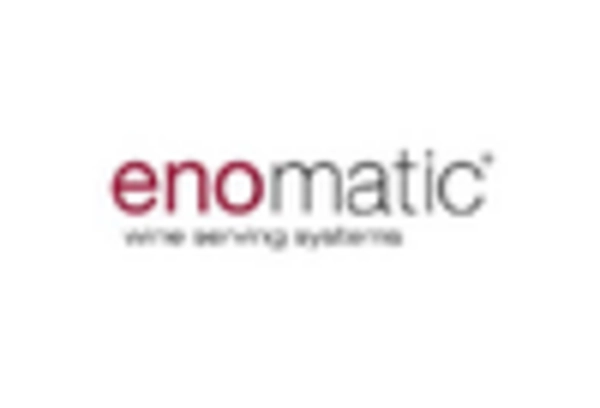

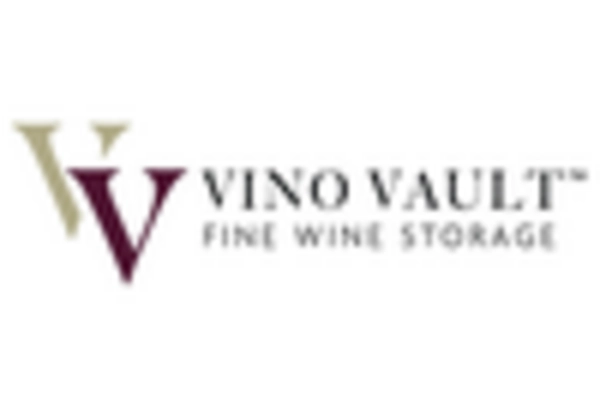
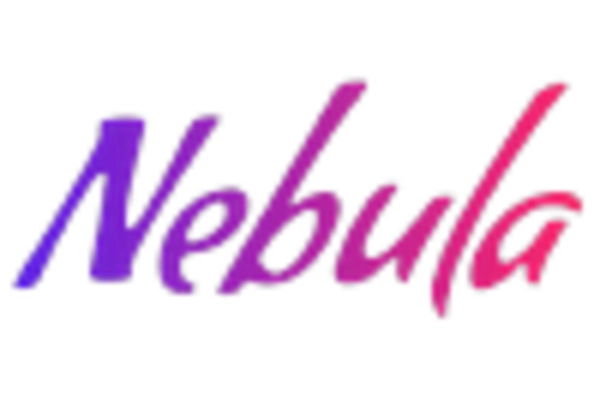
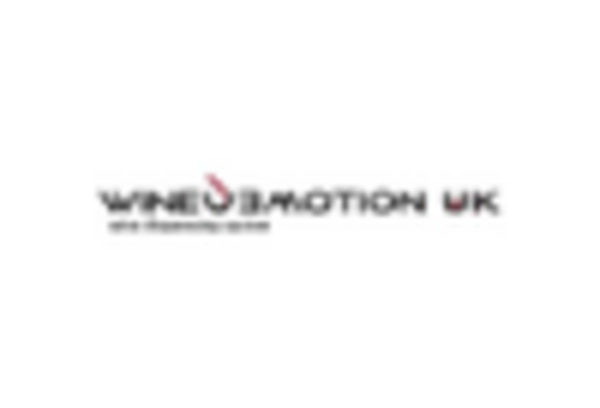
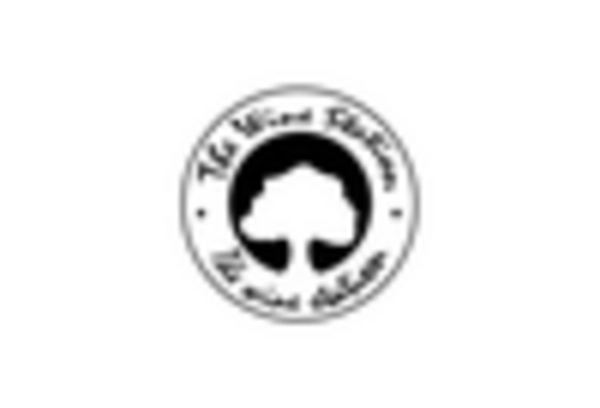








Leave a Comment